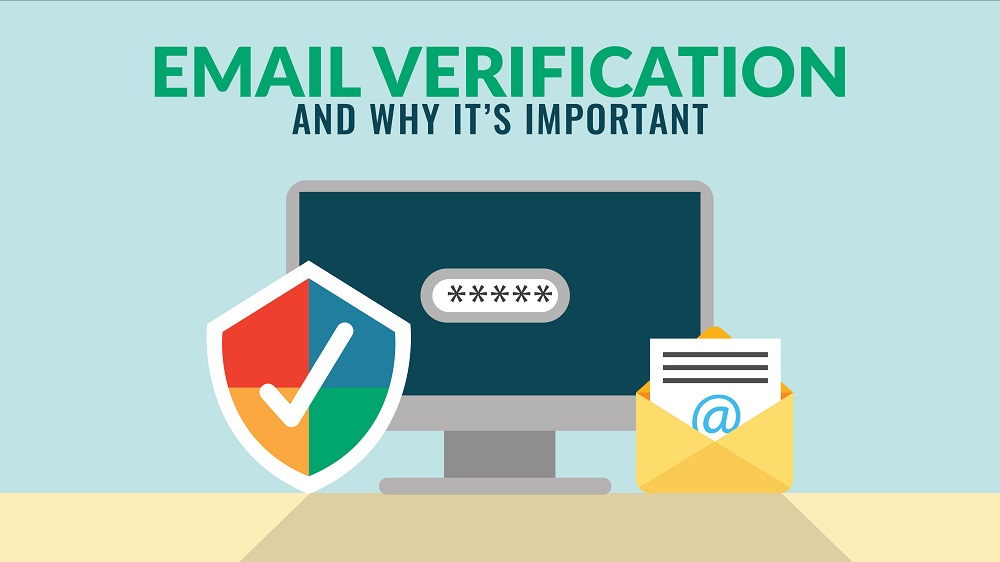-
INTRODUCTION
Email has become a vital tool for communication in the modern digital world, used by both people and companies. However, email’s speed and convenience have also made it a popular tool for several nefarious activities, including identity theft, phishing, and fraud. Ensuring the legitimacy and dependability of email sources is essential for protecting confidential data and upholding a safe and secure online environment. This tutorial offers insights and advice on how to successfully check email sources. Also check Search An Email Address
-
VERIFY THE EMAIL ADDRESS BEING SENT
Examining the sender’s email address closely is the first step in confirming the provenance of an email. Make that the email address is registered under the same domain as the official website of the company or other body that is claiming to be the sender. Spelling errors, little changes, or strange domain names should raise red flags in your mind since they may point to a bogus email.
-
IN THE EMAIL CONTENT LOOK FOR ANY RED FLAGS
Look for any strange or erratic language, grammatical errors, or amateurish layouts in the email’s content. Respectable organizations frequently keep their messages consistent in terms of tone and style. demands for money or personal information, as well as clumsy pleasantries and frantic demands, should be avoided.
-
CHECK THE EMAIL HEADER
Rich information about the email’s origin and journey from sender to mailbox may be found in the email header. Most email services let users see the complete email data, including the email header. By examining the header, the IP address may be found, allowing one to track the email’s origin and look for irregularities.
-
VERIFY DOMAIN AUTHENTICATION
Check to see if the transmitting domain has enabled email authentication features like DKIM (DomainKeys Identified Mail), DMARC (Domain-based Message Authentication, Reporting, and Conformance), and SPF (Sender Policy Framework). These measures lessen the possibility of email spoofing and assist in confirming the sender’s legitimacy.
-
DON’T CLICK ON DUBIOUS ATTACHMENTS OR LINKS
When an email contains links or attachments, proceed with caution, particularly if it comes from an unexpected source, appears suspicious, or is of uncertain quality. To examine the URL before clicking a link, hover over it. Unless you are positive of their validity, never download files or click on links.
-
USE TOOLS FOR EMAIL VERIFICATION
Email addresses and domain names may be verified using a variety of internet tools and services. These tools can assist you in determining the reliability of an email source by verifying the legitimacy, presence, and trustworthiness of email addresses.
-
CONCLUSION
In the current digital world, it is imperative to verify the sources of emails you receive. You may defend yourself and your company from potential cyber dangers by adopting proactive measures to guarantee the dependability of email communication. To improve your email security protocols, always be on the lookout, train both your staff and yourself, and make use of the resources at your disposal. Recall that keeping a safe and reliable online environment requires caution.





